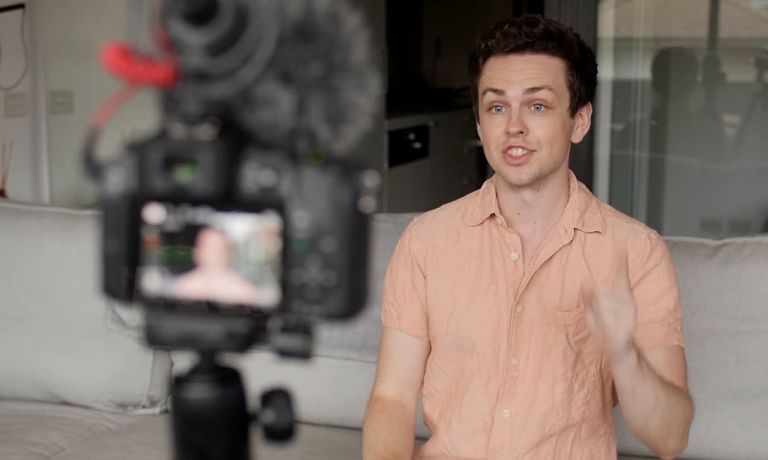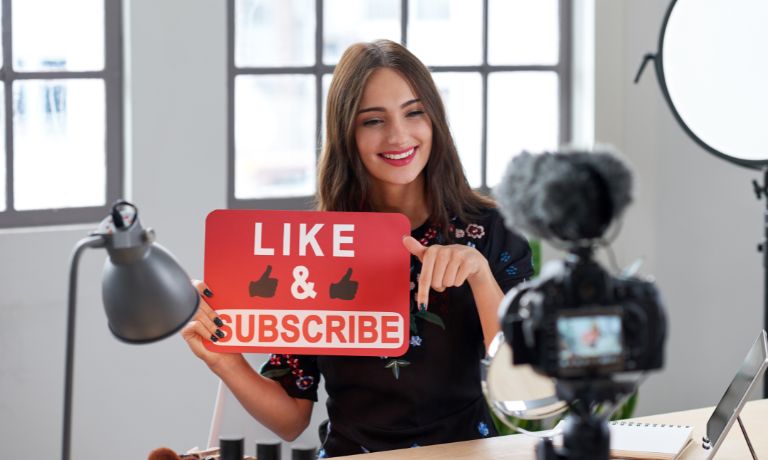Have you ever clicked on a video and left after a few seconds? Most people do. The start of a YouTube video decides if a viewer stays or leaves. The first moments shape watch time, engagement, and the entire performance of a video.
A hook is what keeps a person watching. It’s not just the first line. It’s the first idea, image, or action that captures attention. Understanding hook length can change how your video performs in YouTube’s algorithm and how real people react to your content.
What Is a Hook on YouTube?

A hook is the part of a YouTube video that stops someone from clicking away. It usually happens in the first few seconds. The best hooks grab interest fast and set a clear promise for what the viewer will get.
Creators like MrBeast or Ali Abdaal start their videos with strong openers. Sometimes it’s a surprising statement, a question, or an emotional moment. YouTube’s Audience Retention charts show that most viewers drop off within the first 10 seconds, so that’s where the hook must live.
The Science Behind Hook Length
YouTube measures early engagement using watch time, average view duration, and retention curves. If a lot of viewers leave in the first 5 seconds, the system assumes the content didn’t match their expectations.
Psychologically, people give only a few seconds of focus before deciding if something is worth it. That’s why creators try to build tension, use sound changes, or show fast visuals in the first 5–10 seconds. The stronger the hook, the better the video’s chance of being recommended.
Ideal Hook Length by Video Type
Not every video needs the same hook timing. The best length depends on your format and goal.
- Shorts: A hook should appear within the first 1–2 seconds. You only have a blink before people swipe away.
- Long-form videos: Try to capture interest within 5–10 seconds. Don’t waste time on long intros or logos.
- Tutorials and explainers: You can go up to 15 seconds if you’re setting up a problem or previewing a solution.
- Vlogs or lifestyle videos: Use personality, humor, or a quick emotional clip to make people stay.
The goal isn’t to rush. It’s to make sure the first thing viewers see answers why they should keep watching.
How to Measure Your Hook’s Performance
YouTube gives every creator access to YouTube Studio, where you can see Audience Retention graphs. Open your analytics, look at the first 30 seconds, and notice where people drop off. A sharp fall means your hook didn’t connect.
Creators often run A/B tests by uploading two versions of the same video with different openings. Comparing the retention curve shows which hook works better. You can also use average view duration and heatmaps to track where people rewatch or skip. Those small details show how strong your hook is.
Tips for Creating Strong Hooks
- Start with movement, sound, or an image that catches the eye.
- Ask a short, emotional, or curious question.
- Promise a result or reveal early.
- Match your intro to your title and thumbnail.
- Avoid long greetings or unnecessary buildup.
- Use quick cuts and real energy to keep attention.
Good hooks not only tell, they show. If the viewer feels something in the first few seconds, they’ll likely watch longer.
Common Hook Mistakes
Many videos lose viewers before they even begin. A few common mistakes include:
- Long animated intros that don’t add value.
- Titles that promise one thing but open with another topic.
- Slow pacing before showing the point of the video.
- Talking too long before giving viewers a reason to stay.
People come to YouTube for answers or entertainment. If the hook doesn’t deliver either quickly, they’ll move on.
Examples from Top Creators

MrBeast starts his videos with action, not talking. His opening line or scene shows exactly what’s about to happen, no waiting.
Ali Abdaal often starts by stating a problem or previewing what viewers will learn: “Here’s how I doubled my focus in one week.”
Emma Chamberlain uses emotion and humor. Her first clips feel casual, real, and relatable, which instantly connects with her audience.
Each of these creators understands that a viewer’s time is short. They earn attention fast.
How Hooks Affect YouTube’s Algorithm
YouTube’s algorithm looks for viewer satisfaction signals. The main one is the retention rate, which is how long people watch before leaving. If the hook keeps them engaged past the 30-second mark, the algorithm sees the video as valuable and pushes it to more people.
Better hooks lead to more watch time, higher click-through rates (CTR), and longer session durations. These factors combined tell YouTube that people like what they see. Strong hooks don’t just help viewers stay; they help videos grow.
Conclusion: Short, Sharp, and Focused Hooks Win
A strong hook can turn an average video into a successful one. On YouTube, you have only a few seconds to prove your video deserves a viewer’s attention.
Keep hooks between 3 and 10 seconds, adjust them by format, and test them often in YouTube Analytics. Small changes at the start can make a big difference in performance.
If this article helped you understand how hook lengths work, share it with other creators or leave a comment about what hook strategy worked for you.
I’ve been into SEO and blogging for over 7 years. I help websites show up higher on search engines. I really enjoy writing helpful guides, especially about gaming and tech stuff.
